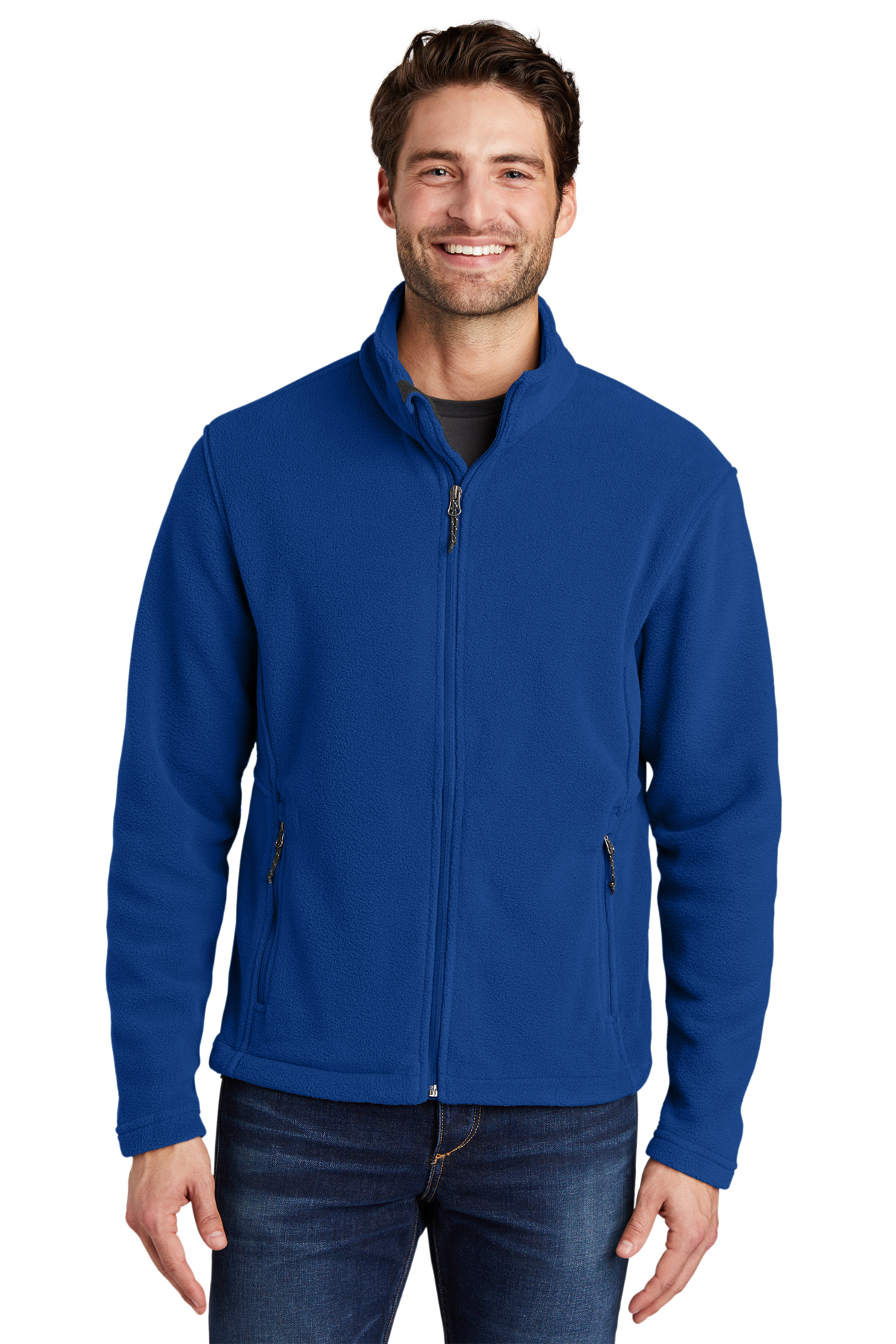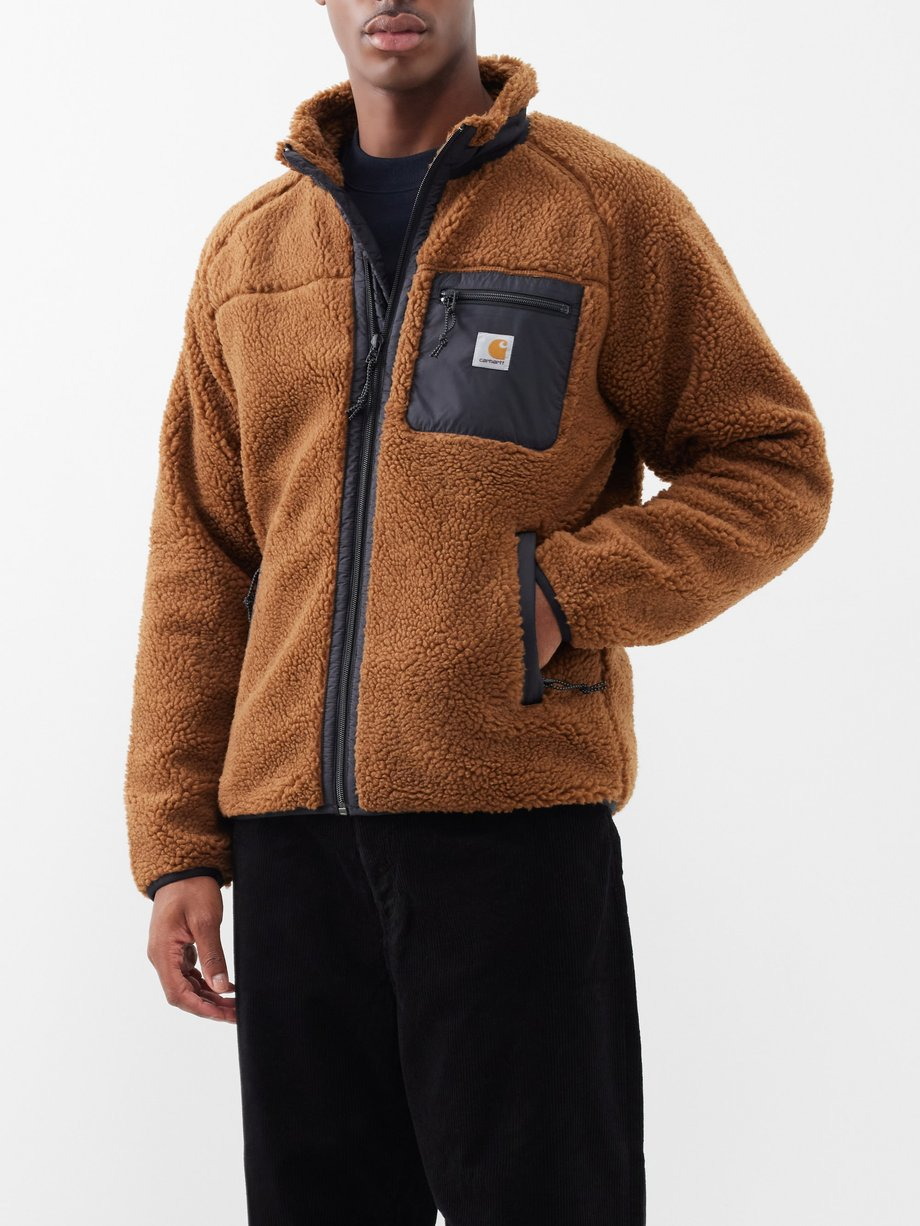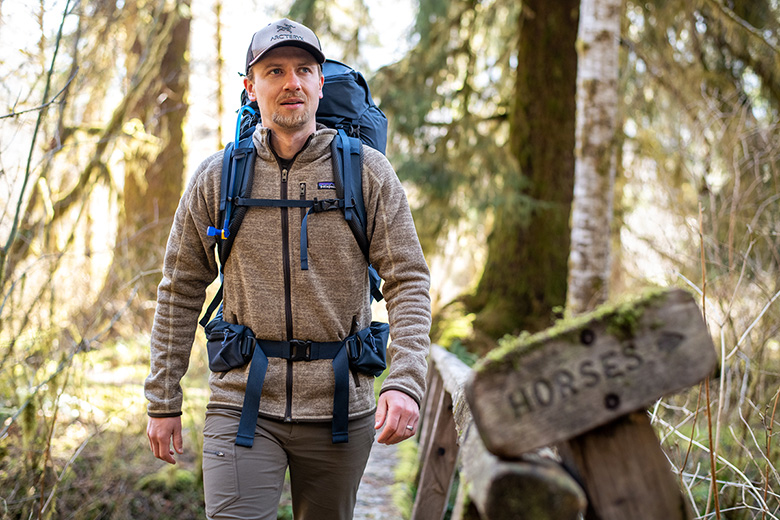Fleece jackets have long been a wardrobe staple for adventurers and casual dressers alike, offering a perfect blend of warmth, versatility, and style. From brisk autumn walks to chilly winter commutes, these cozy garments have earned their place in the hearts and closets of many. In this comprehensive guide, we delve into the world of fleece jackets, exploring their origins, materials, benefits, and the various styles that make them a go-to choice for diverse lifestyles.
The Birth of Fleece: A Revolutionary Fabric
In the late 1970s, a textile revolution occurred when Malden Mills Industries, under the leadership of Aaron Feuerstein, introduced Polarfleece, a synthetic alternative to wool. This innovative fabric mimicked wool’s insulating properties without the itchiness or bulk, marking the beginning of the modern fleece jacket era. Unlike natural fibers, fleece is made primarily from recycled plastic bottles, making it an eco-friendly option. Its lightweight yet warm characteristics quickly gained popularity among outdoor enthusiasts and soon became a fashion statement worldwide.
Understanding Fleece: Types and Characteristics
Polyester Power
Fleece is predominantly made from polyester, a durable synthetic fiber renowned for its quick-drying properties and resistance to wear and tear. There are several types of fleece, each designed to cater to specific needs:
- Microfleece: The thinnest and lightest variety, ideal for layering or mild weather conditions.
- Midweight Fleece: Offers a balance between warmth and breathability, perfect for everyday wear.
- Heavyweight Fleece: Thick and cozy, designed to withstand harsher cold temperatures.
Softness and Insulation
One of the key attractions of fleece is its soft texture against the skin, providing comfort without the need for additional layers. Its ability to trap air within its fibers ensures excellent insulation, keeping the wearer warm even when wet. This characteristic makes it highly suitable for outdoor activities where weather conditions can be unpredictable.
The Functional Benefits of Fleece Jackets
Versatility in Motion
Fleece jackets excel in versatility. They can be worn as a standalone outerwear piece during transitional seasons or layered under a waterproof shell for added warmth in harsh winter conditions. The stretchy nature of fleece also allows for a full range of motion, essential for hiking, climbing, or any activity requiring freedom of movement.
Easy Care and Durability
Maintenance is a breeze with fleece. Most varieties are machine washable and dry quickly, minimizing downtime between wears. The resilience of polyester fibers ensures that fleece jackets retain their shape and color even after repeated washing, making them a long-lasting investment.
Styles for Every Occasion
Fleece jackets have become a wardrobe staple due to their versatility, warmth, and comfort. They’re perfect for various occasions, from casual outdoor activities to more formal settings when styled right. Here are some ideas on how to wear fleece jackets for different events:
Casual Day Out
-
- Pair a classic zip-up fleece jacket with your favorite jeans and a simple t-shirt. Add sneakers or hiking boots for a comfortable, laid-back look.
- For a touch of style, choose a fleece in a bright color or with a unique pattern.
Outdoor Adventure
-
- Opt for a high-performance, waterproof fleece jacket if you’re hiking or engaging in any outdoor sports. Pair it with quick-dry pants and sturdy, waterproof boots.
- Layering is key; wear a moisture-wicking base layer underneath and consider a lightweight shell over the fleece for added protection against wind and rain.
Work Commute
-
- Dress up a sleek, fitted fleece blazer by wearing it over a button-down shirt or a light sweater, paired with dress pants or tailored chinos. Finish the look with loafers or dress shoes.
- Choose a fleece jacket in neutral colors like black, navy, or gray for a professional appearance.
Weekend Errands
-
- Go for a pullover fleece with a hoodie for a relaxed yet stylish look. Team it with joggers or comfortable jeans and slip-on sneakers.
- Accessorize with a beanie and sunglasses for an extra touch of casual chic.
Evening Stroll
-
- Layer a thin, soft fleece under a denim or leather jacket for warmth and style during cooler evenings. Wear with dark pants and jeans and ankle boots.
- Add a scarf or a pashmina for both fashion and function.
Travel Days
-
- A lightweight, packable fleece is ideal for travel. It can be easily stored in your bag and provides warmth on chilly flights or in air-conditioned spaces.
- Pair it with comfortable leggings or travel pants and slip-on shoes for ease during security checks.
Sports Events
-
- Show your team spirit by wearing a fleece jacket in your team’s colors or with their logo. Pair it with jeans or shorts, depending on the weather, and finish with your team’s cap.
Remember, the key to styling a fleece jacket for different occasions is choosing the right fit, color, and layering appropriately. Fleece jackets are not only functional but also offer endless possibilities to express your personal style.
Sustainable Considerations
When it comes to purchasing and using fleece jackets with sustainability in mind, there are several considerations to keep in mind. Here are some key points to ensure your choice aligns with eco-friendly practices:
Material Source
-
- Look for fleece made from recycled materials, such as PET bottles. Recycled polyester fleece reduces waste and requires less energy to produce compared to virgin polyester.
- Consider natural alternatives like wool or organic cotton fleece, which are biodegradable and renewable resources, though they might not offer the same level of warmth-to-weight ratio as synthetic fleece.
Bluesign Certification
-
- Choose products that carry the Bluesign certification. This ensures the entire production process, from raw material to finished product, meets strict environmental, health, and safety standards.
Eco-Friendly Dyes and Finishes
-
- Opt for fleece items dyed using low-impact or natural dyes, which reduce water pollution and chemical usage.
Durability and Longevity
-
- Invest in high-quality fleece that will last longer, reducing the need for frequent replacements. Durable construction and strong seams are good indicators of longevity.
End-of-Life Options
-
- Consider brands that offer take-back programs or have developed recyclable products. Some companies recycle their own garments at the end of their life cycle, ensuring a closed-loop system.
Minimal Packaging
-
- Choose brands that use minimal and/or recyclable packaging to minimize waste.
Brand Transparency
-
- Research brands and their sustainability commitments. Brands that openly share their sustainability efforts, supply chain details, and environmental impact assessments are more likely to be committed to sustainable practices.
Secondhand Options
-
- Buying secondhand fleece jackets is an excellent way to reduce your environmental footprint. Thrift stores, online marketplaces, and clothing swaps are great sources for pre-owned items.

By considering these factors, you can make a conscious choice that not only keeps you warm and comfortable but also supports sustainable practices within the textile industry. Remember, sustainable fashion is a continuous effort that involves making informed decisions and supporting brands that align with your values.
Conclusion: Fleece – A Timeless Wardrobe Essential
From its humble beginnings as a technical innovation to its current status as a fashion staple, the fleece jacket has proven to be much more than just a piece of clothing. It symbolizes adaptability, comfort, and a commitment to sustainability. With a style and functionality to suit every lifestyle, investing in a quality fleece jacket means embracing a garment that will serve you well through various adventures and everyday moments. As trends come and go, the timeless appeal and practicality of fleece ensure its enduring presence in wardrobes around the world.




